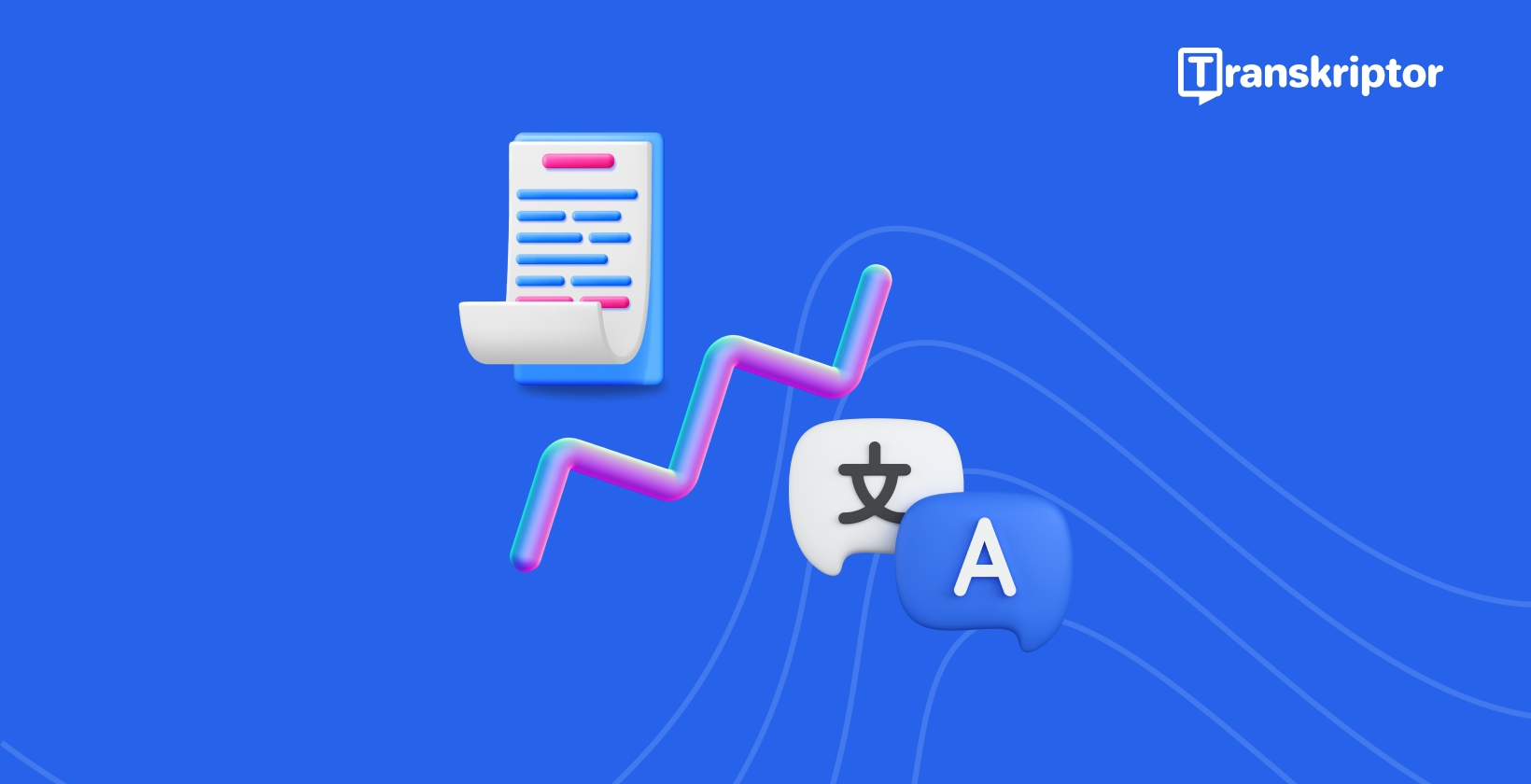
The Difference Between Transcription and Translation
Transcribe, Translate & Summarize in Seconds
Transcribe, Translate & Summarize in Seconds
Choosing between transcription and translation can be challenging, especially when dealing with audio and video content. Many people struggle to understand the distinction between these services and when to use transcription or translation.
This guide provides a clear transcription vs translation comparison, helping you determine which service best suits your needs. In this guide, we will explore the key differences, when to use transcription or translation, and how to choose the right service for your specific requirements.
Understanding Transcription and Translation Fundamentals
For you to understand transcription and translation fundamentals, here is a look at what transcription is, what translation is, and the key differences between them:

What is Transcription?
Transcription is the process of converting spoken language into written text. This service is primarily used for audio and video content where the goal is to create a text version of the spoken words. There are different types of transcription, including:
- Verbatim Transcription: Verbatim transcription captures every word, filler sound, and background noise.
- Edited Transcription: Edited transcription removes fillers and corrects grammar for readability.
- Phonetic Transcription: Phonetic transcription represents speech sounds in written form, often used in linguistic studies.

What is Translation?
Translation, on the other hand, involves converting written or spoken content from one language to another. Unlike transcription, translation focuses on maintaining the meaning of the content rather than preserving exact wording. Translation can be categorized as:
- Literal Translation: Literal translation is word-for-word translation, often used for technical documents.
- Creative Translation: Creative translation adapts content to suit cultural and contextual nuances.
- Specialized Translation: Specialized translation is used for legal, medical, and technical fields requiring precise terminology.
Key Differences at a Glance
Audio transcription vs language translation serves different purposes, though both involve converting content into a written format. While transcription focuses on representing speech accurately in the same language, translation ensures that content is understood in another language while maintaining its meaning.
The skills required for transcription include listening accuracy and typing speed, whereas translation demands linguistic proficiency and cultural awareness. This fundamental difference plays a crucial role in determining when to use transcription or translation.
Feature | Transcription | Translation |
|---|---|---|
Converts | Speech to text | One language to another |
Focus | Accuracy of speech representation | Meaning preservation |
Use Cases | Interviews, lectures, meetings | Documents, subtitles, international content |
Required Skills | Listening accuracy, typing speed | Language proficiency, cultural understanding |
When to Use Transcription Services
In this section, you’ll learn the common use cases for transcription, the benefits of professional transcription, and the types of transcription services:
Common Use Cases for Transcription
Transcription is widely used across various industries:
- Journalists and Media Professionals: They rely on transcription to document interviews for articles or reports.
- Academic Researchers: They use it to convert recorded lectures or focus group discussions into readable formats.
- Lawyers: Transcription plays a significant role in creating official court transcripts.
- Businesses: They use transcription services to generate meeting minutes, ensuring accurate documentation of discussions.
- Content Creators: They also benefit from transcription by repurposing podcast or video content into blogs or subtitles.
Benefits of Professional Transcription
Professional transcription services offer numerous advantages:
- Accuracy: Accuracy is a primary benefit, as human transcribers or advanced AI tools ensure a high degree of precision.
- Time efficiency: Time efficiency is another key advantage, as automated transcription services allow users to focus on analysis rather than manually transcribing content.
- Accessibility: Transcription enhances accessibility by providing written records for the hearing impaired and supports search engine optimization (SEO) by making audio content searchable.
Types of Transcription Services
There are several types of transcription services available:
- Manual transcription: It is performed by human transcribers, and ensures high accuracy, especially in complex scenarios with multiple speakers or background noise.
- Automated transcription: It is powered by artificial intelligence, and provides quick results but may have some limitations in accuracy.
- Hybrid transcription: It combines AI-generated drafts with human review, offering a balance between speed and precision.
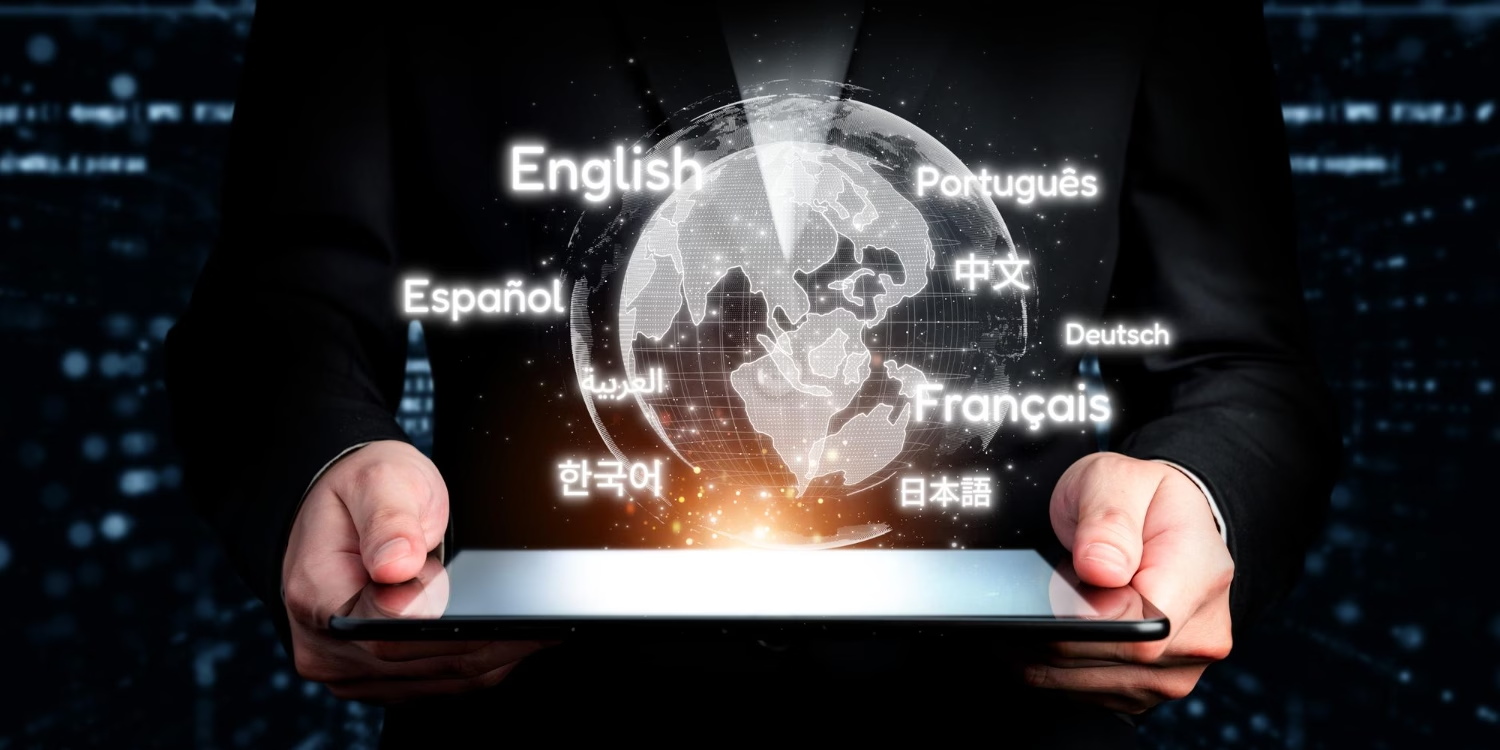
When to Use Translation Services
Below, you’ll learn the common use cases for translation, the benefits of professional translation, and the types of translation services:
Common Use Cases for Translation
Translation services are essential in breaking language barriers and facilitating global communication:
- Professionals: Businesses expanding internationally require translation services to adapt their marketing materials and official documents for different regions.
- Healthcare Providers: In the healthcare industry, translation is crucial for converting medical records and patient information into different languages.
- Lawyers: Legal professionals use translation services to ensure that contracts and compliance documents are accurately understood across borders.
- Academics: Academic institutions and researchers require translation to publish papers in international journals.
- Entertainment Industry: The entertainment industry also relies on translation for subtitles, scripts, and books, making content accessible to a global audience.
Benefits of Professional Translation
Professional translation provides various benefits:
- Accuracy: Professional translation services provide linguistic accuracy, ensuring that content is correctly interpreted in the target language.
- Cultural Adaptation: Cultural adaptation is another critical benefit, as professional translators adjust content to fit cultural norms and expectations.
- Consistency: Consistency is maintained across all translated documents, ensuring a uniform message. Industry-specific expertise guarantees the correct use of terminology, particularly in specialized fields such as law, medicine, and technology.
Types of Translation Services
Different types of translation services cater to various needs, listed below:
- Human Translation: Human translation, performed by professional translators, is ideal for high-accuracy requirements, ensuring that the meaning and tone of the original content are preserved.
- Machine Translation: Machine translation , powered by AI, is useful for quick and informal translations but may lack contextual understanding.
- Post-Edited Machine Translation: Post-edited machine translation involves AI-generated translation reviewed by human linguists, striking a balance between speed and quality.
Making the Right Choice: Transcription vs Translation
Here below the decision factors to consider while making the right choice between transcription and translation, alongside the cost comparisons and quality considerations:
Decision Factors to Consider
Several factors influence the decision between transcription and translation. The primary consideration is the purpose of the service. If the goal is to create a text version of spoken content in the same language, transcription is the right choice. If the content needs to be understood by speakers of another language, translation is necessary.
Audience preferences also play a role; if the target audience consists of native speakers, transcription may suffice, whereas translation is required for multilingual audiences. Industry requirements further influence the choice, as legal, medical, and academic fields often require both transcription and translation for documentation and accessibility.
Cost Comparisons
Both transcription and translation vary in cost depending on complexity, turnaround time, and accuracy requirements. Transcription services are typically charged per minute of audio or video, while translation services are charged per word, page, or project complexity.
Hybrid services that combine transcription and translation may incur additional costs but provide a seamless workflow for multilingual content. Evaluating these costs helps businesses and individuals make informed decisions based on their budgets and needs.
Quality Considerations
Quality is a crucial factor when choosing between transcription and translation. Professional transcription versus translation services ensures better handling of dialects, accents, and contextual meanings compared to free or automated tools.
Human expertise plays a vital role in maintaining accuracy, proofreading content, and ensuring error-free results. By investing in professional services, users can achieve higher-quality outputs that align with their specific needs.
Top Solutions for Transcription and Translation
Here below are the top transcription tools and popular translation services alongside some hybrid solutions, offering both transcription and translation:
Leading Transcription Tools
Here are the leading transcription tools that offer reliable solutions for converting speech into text, each catering to different needs:
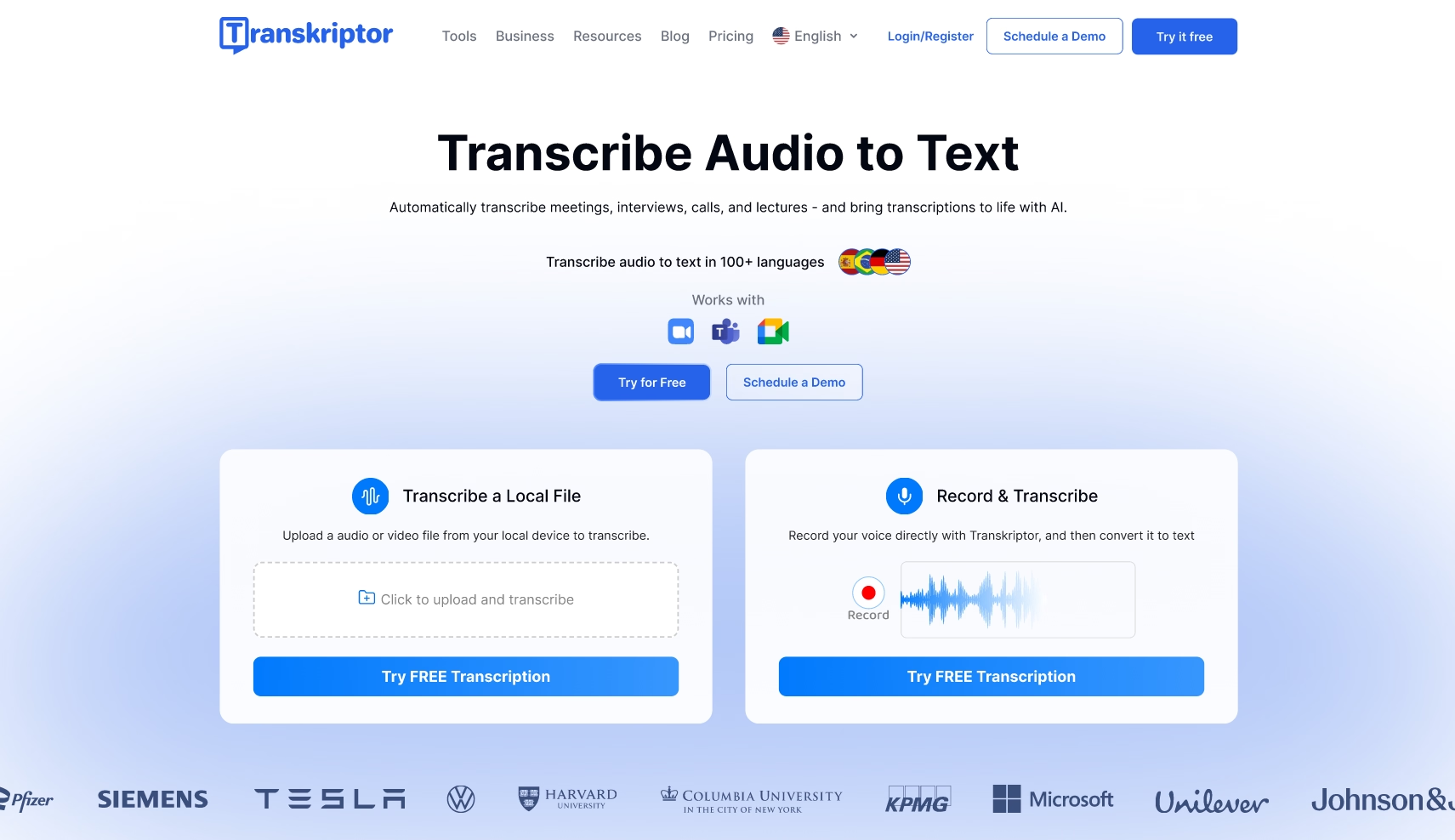
Transkriptor
Transkriptor is an AI-powered transcription service known for its high accuracy. It supports multiple languages and offers features like speaker identification and timestamps. It is an excellent choice for professionals requiring precise documentation.
Here are the features of Transkriptor:
- Multiple speaker recognition
- Support of more than 100 languages, including Portuguese, Spanish, Hebrew, and German
- Rich export options including SRT, TXT, DOC, and PDF
- Various format support including MP3, MP4, and WAV
- Transcription from link and cloud services
- Rich text editor with slow-motion audio
- Collaboration on files
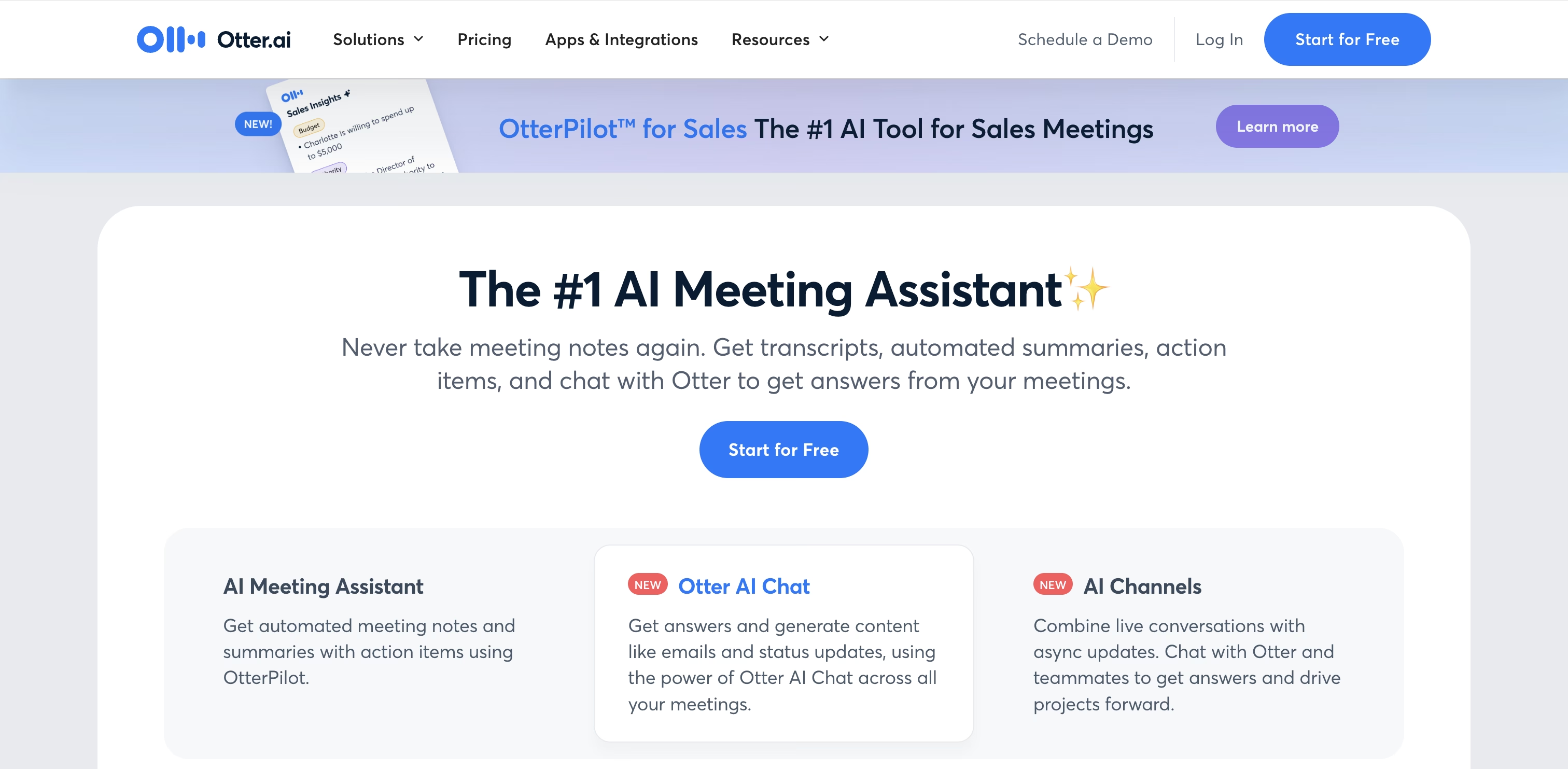
Otter.ai
Otter.ai is a transcription tool known for its real-time transcription capabilities. It offers speaker identification, keyword highlights, and the ability to edit transcripts collaboratively. Additionally, Otter.ai integrates with popular collaboration platforms like Zoom and Google Meet.
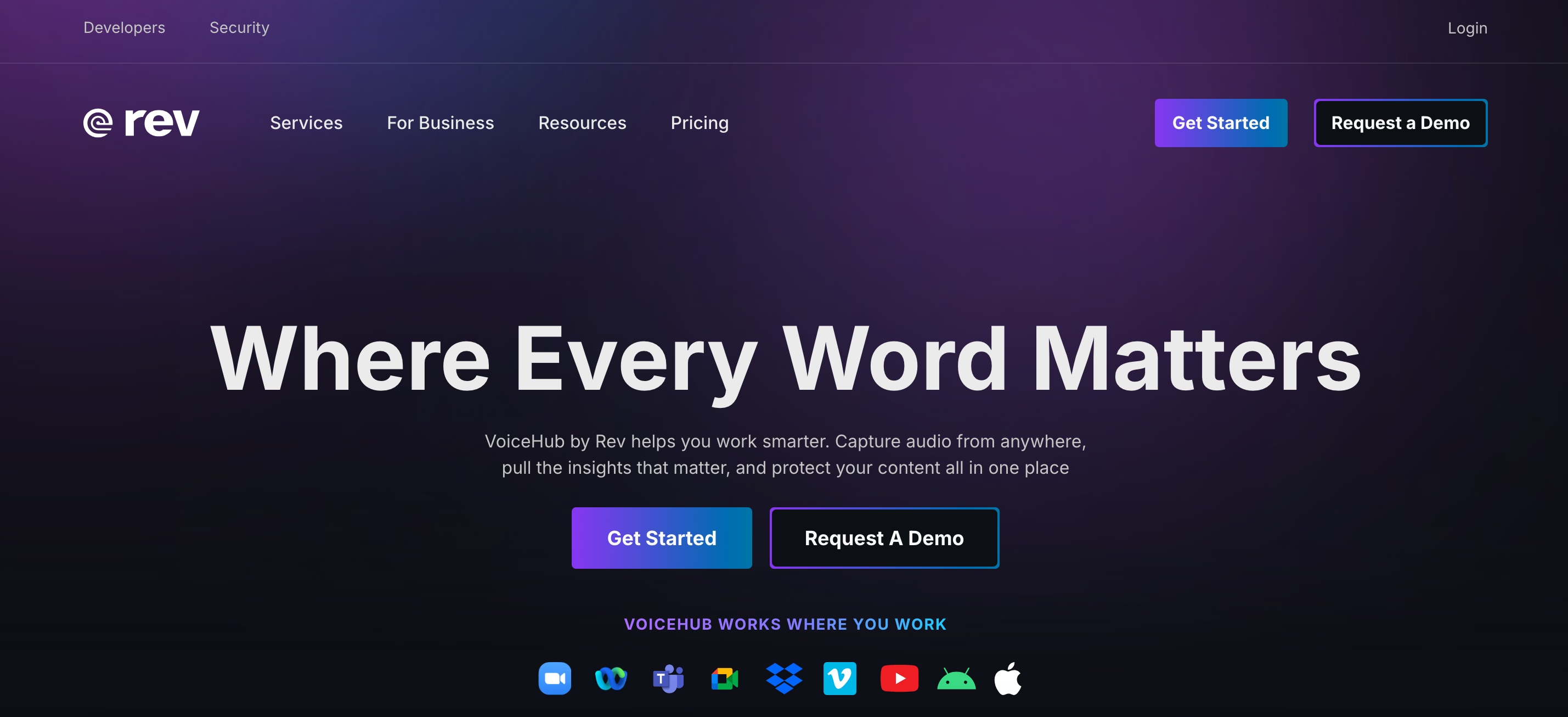
Rev
Rev provides both AI-generated and human-powered transcription services. The AI transcription service delivers quick, automated transcripts, while the human transcription service ensures near-perfect accuracy. Rev also supports captioning and subtitling services.
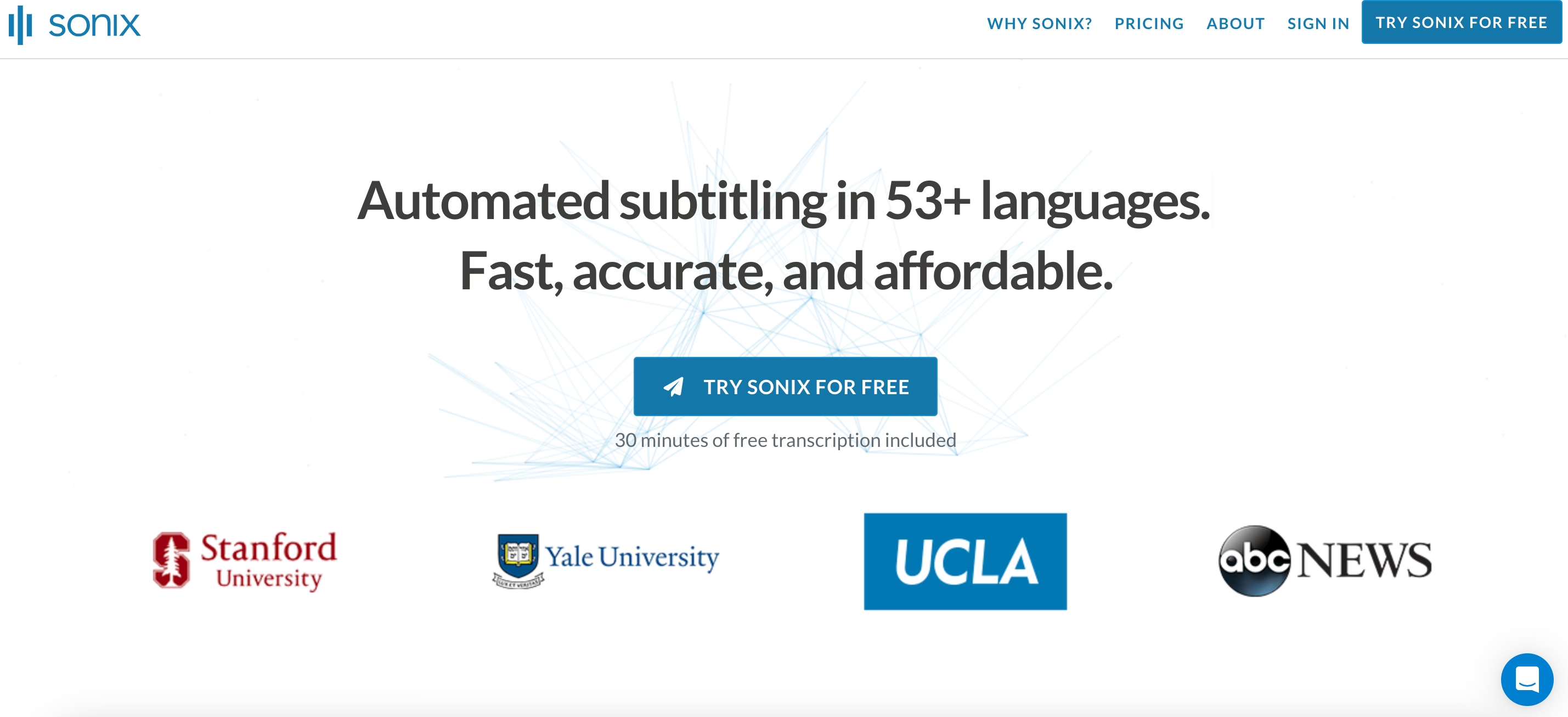
Sonix
Sonix.ai is another powerful automated transcription tool, featuring advanced speech recognition and translation add-ons. Its multilingual capabilities allow users to transcribe and translate the content within a single platform.
Popular Translation Services
For translation needs, several platforms offer professional solutions, each catering to different levels of accuracy and complexity:
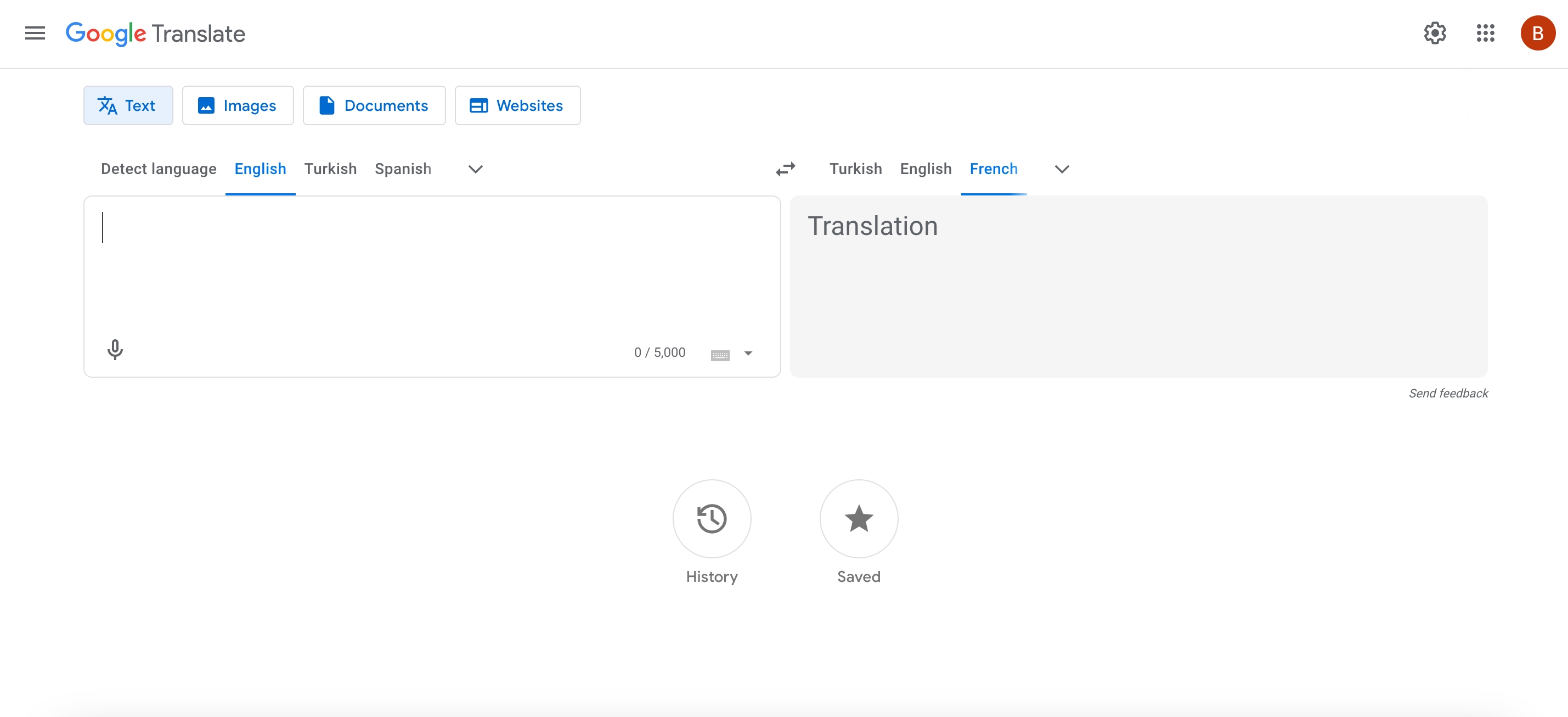
Google Translate
Google Translate is one of the most widely used tools, offering free and instant translations across multiple languages. While it is convenient for casual use, it may lack the depth needed for professional or industry-specific translations.
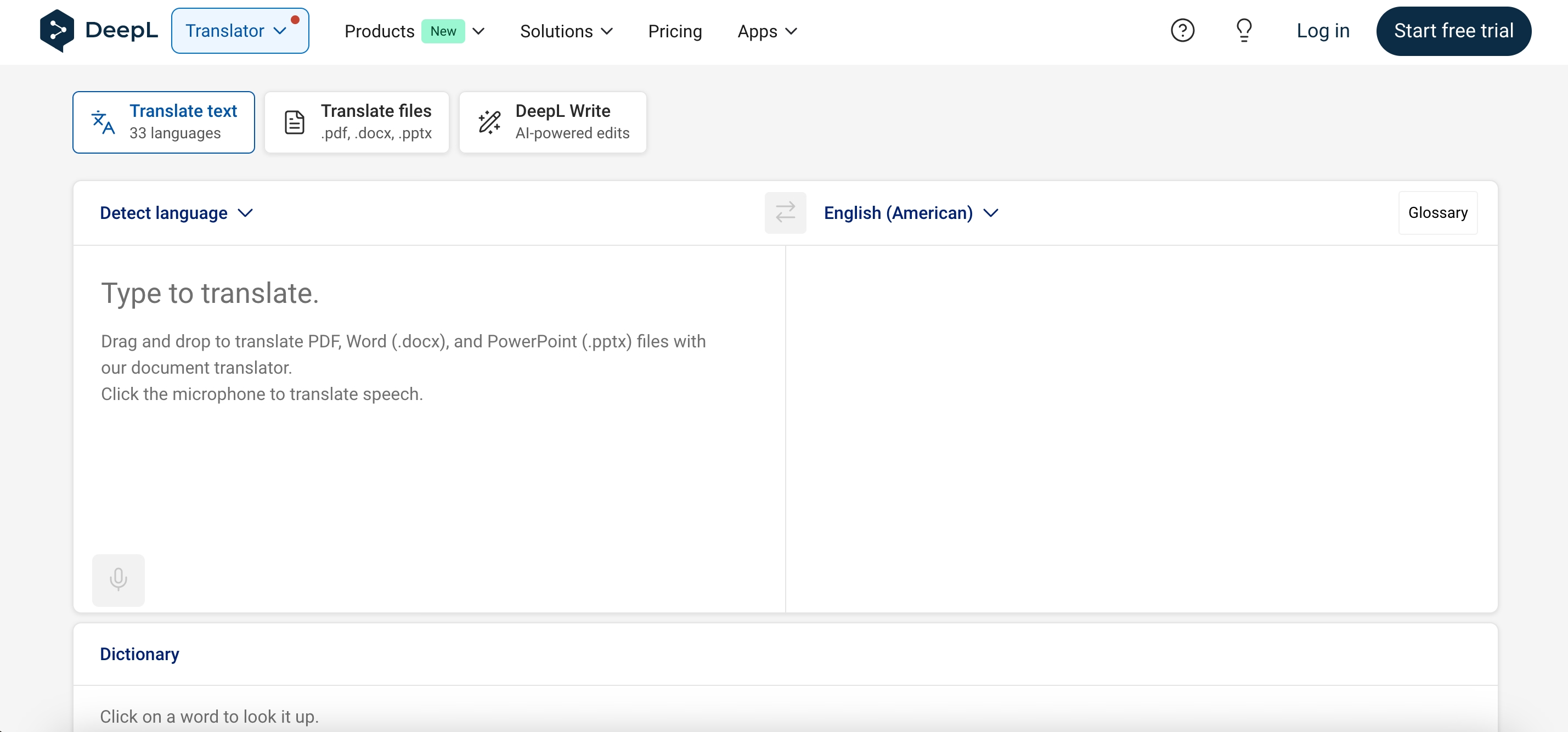
DeepL
DeepL, on the other hand, is known for its advanced neural network technology, providing more nuanced and context-aware translations. It is praised for its ability to capture nuances, idioms, and complex sentence structures, making its translations more fluent and human-like.

Gengo
Gengo specializes in professional human translation services, ensuring high accuracy through a network of experienced linguists. It is particularly useful for businesses needing localized content that reflects cultural and contextual nuances.
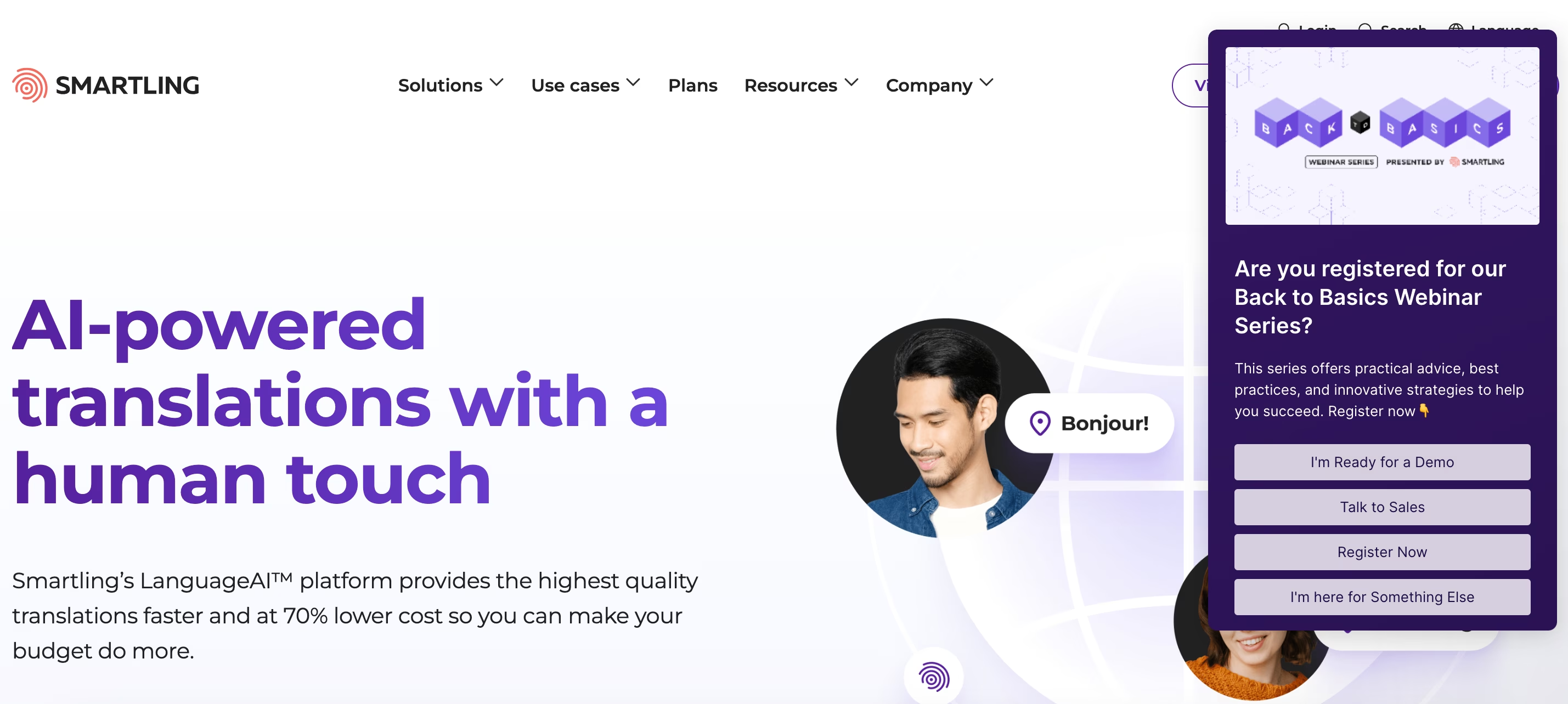
Smartling
Smartling is an enterprise-grade translation service designed for large-scale multilingual content management. It provides automation tools, workflow integration, and translation memory features.
Hybrid Solutions
Some platforms integrate both transcription and translation services for a seamless experience, allowing users to efficiently handle multilingual content:
Transkriptor
Transkriptor offers AI-powered and highly accurate transcriptions in a variety of languages. The platform does not directly serve as a translation tool, but it provides rich exporting options, making ideal transcription files that are ready to be exported and translated.
Sonix
Sonix.ai offers an advanced AI-powered solution that enables users to transcribe and translate audio within the same workflow. It supports multiple languages and provides automated timestamps, speaker identification, and text editing features.
Rev
Rev.com is another comprehensive platform that offers both transcription and subtitle translation services. It provides human and AI-powered transcription, ensuring high accuracy, and allows users to translate their transcripts into multiple languages.
Trint
Trint is an all-in-one solution that specializes in transcription with multilingual translation capabilities. It utilizes AI-driven technology to convert speech into text and then translate it into different languages while preserving context and meaning.
Conclusion
Transcription and translation serve distinct purposes, but both play a crucial role in content accessibility and global reach. Understanding the transcription and translation services differences helps in making informed decisions. Transcription converts speech to text in the same language, while translation converts content into another language while preserving meaning.
Choosing between transcription and translation depends on audience needs and content goals. Professional transcription versus translation services ensures accuracy, efficiency, and higher quality compared to automated tools. For high-quality transcription needs, exploring Transkriptor can provide an efficient and reliable solution tailored to professionals, researchers, and content creators.
Frequently Asked Questions
Transcription converts spoken language into written text in the same language, while translation converts written or spoken content from one language to another.
Automated services can provide fast results but may lack accuracy in complex audio or specialized content. Make sure that you are using a reliable tool such as Transkriptor for the best results.
AI-based services are improving but may struggle with complex terminology, accents, and context. Human review is recommended for high-quality results.
Yes, but professional services ensure higher accuracy and efficiency, especially for specialized or technical content.

